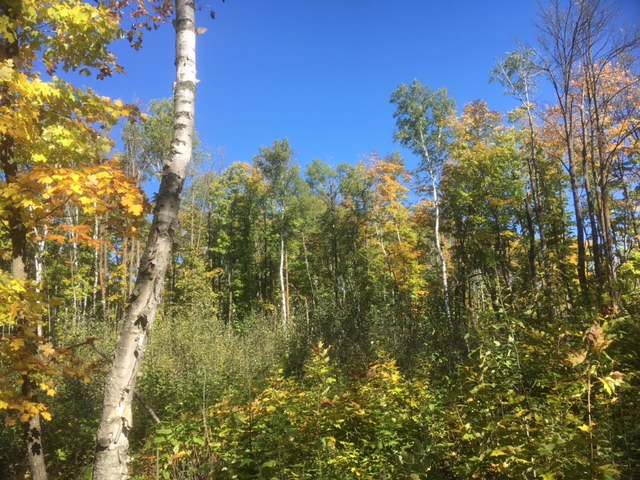Overview
Carlton county has a variety of uniform forest stand structures. Therefore, harvesting timber and making revenue is an important portion of the logging industry throughout the county. However, the overall management goal is to perpetuate as much species diversity as possible for timber resources, wildlife benefits, and future management decisions. The harvested sites are managed for wildlife through natural stand development, which creates vertical stratification throughout the stand. Overall, the site has been managed by doing a group selection harvest for northern hardwood regeneration. As a result, regeneration has been fantastic throughout the harvested area. In spring 2014, the forest managers planted 1,000 eastern white pine and 2,000 white spruce seedlings in the gap of the group selections to increase species diversity. As of the summer of 2016, the objective was to regenerate mid-tolerant/intolerant species such as red oak, American basswood, and trembling aspen. As a result, the site is now regenerating a diverse mix of species: paper birch (2,500/acre), red oak (500/acre), trembling aspen (200/acre), and sugar maple (50/acre).
Silviculture Objective(s)
Conduct a group selection harvest to create site conditions needed to promote mid-tolerant species (red oak and other northern hardwoods) and create a multi-cohort stand.
Pre-treatment stand description and condition
Stand establishment and management history:
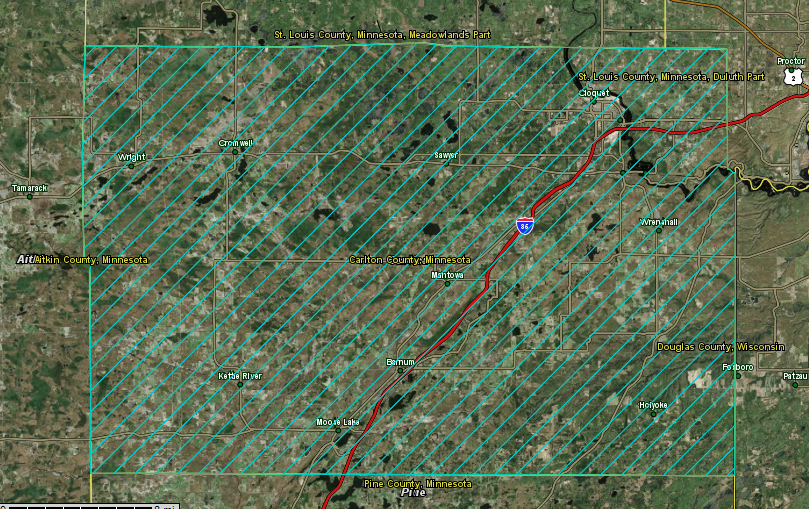
Figure 1: Image of Carlton County from USDA Soil Survey Website.
Stand establishment in approximately the 1950’s. No past management history noted.
Pre-treatment species composition:
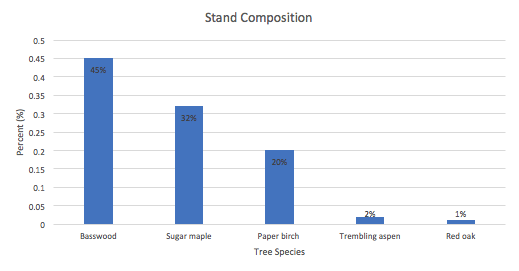
Figure 2: Pre-treatment Species Composition.
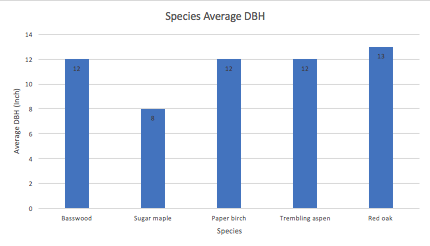
Figure 3: Pre-treatment species average DBH.
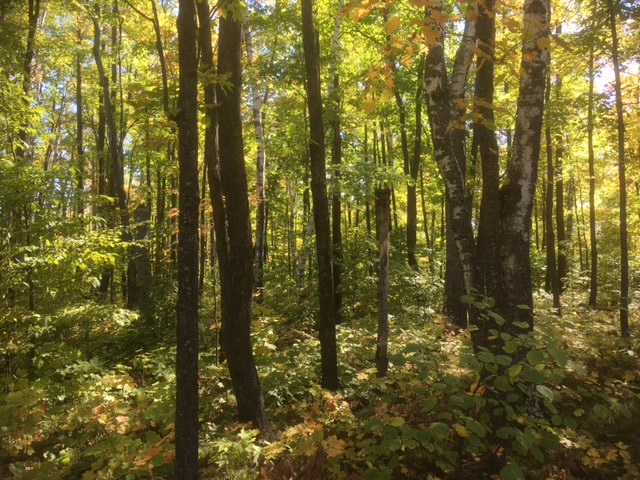
Figure 4: Group selection harvest forest type typical of pre-harvest conditions.
Various sizes of sugar maple, large basswood, paper birch, and trembling aspen. Red oak is also present in the stand.
Advanced regeneration, seedlings approximately 1-foot-tall: Sugar maple 7100/acre, basswood 400/acre, red oak 100/acre.
Refer to Figure 2 showing the pre-treatment species composition by percentage.
Pre-treatment growth and stocking:
Sugar maple 11 cords/acre, basswood 15 cords/acre, paper birch 7 cords/acre, trembling aspen 2 cords/acre, and red oak 2 cords/acre.
Basal Area (BA) 118/acre
Refer to Figure 2 showing the pre-treatment species average DBH in inches.
Pre-treatment forest health issues:
The trembling aspen and paper birch is decadent; some basswood is breaking up as well for various reasons.
The understory contains large amounts of sugar maple and grass, suggesting that earthworms are present.
Landowner objectives/situation:
The objective is to perpetuate red oak and mid-tolerant northern hardwoods on this site.
Silviculture Prescription
The group selection harvest was conducted in the summer of 2014. There were 15 group selection gaps (~0.5 acres each) spread evenly throughout the stand. Plot center trees were marked in blue. The harvest was conducted in an 80-foot radius around each plot center. These group selections created “mini clearcuts” that allowed red oak to be reserved outside of these clearcuts for future seeding. One 14-foot wide skid trail was used to access each harvest plot from the previously harvested plot. The summer harvest provided the needed soil scarification for mid-tolerant tree species regeneration. The plots were to be initially regenerated naturally but received supplement planting in the spring of 2014.
What actually happened during the treatment
The treatment went relatively smooth with few problems encountered. The forest manager voiced the difficulty of getting a logger to purchase the sale because of concerns about making a profit with this type of harvest. Nevertheless, the logger decided to purchase the site after doing an observational walk through. The equipment used was a conventional harvest system with a tired buncher and a grapple skidder. The only issue encountered during the harvest was sorting individual tree species. The landing space was not very large (roughly 4,500 sq. ft.; 8,000 sq ft/50 foot radius is preferred) which made it more challenging to sort pure loads of paper birch, aspen, and white pine to go to their respective markets.
The site has great regeneration of paper birch, American basswood, and red oak in the planted group selection areas. During the spring of 2014, there was excess eastern white pine and white spruce seedlings from a different planting project, so approximately 1,000 eastern white pine and 2,000 white spruce were planted in the group selection areas to increase species diversity on the site.
Post-treatment assessment
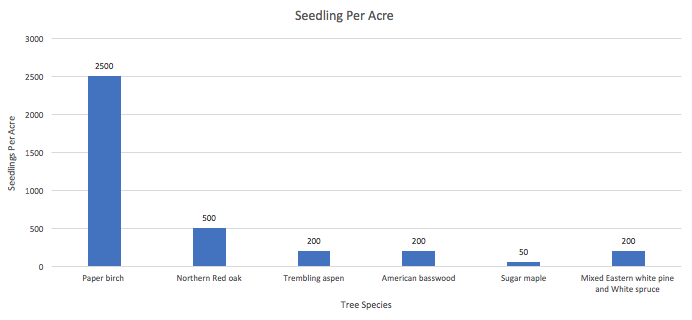
Figure 5: The seedling distribution in spring of 2016 throughout the treatment area.
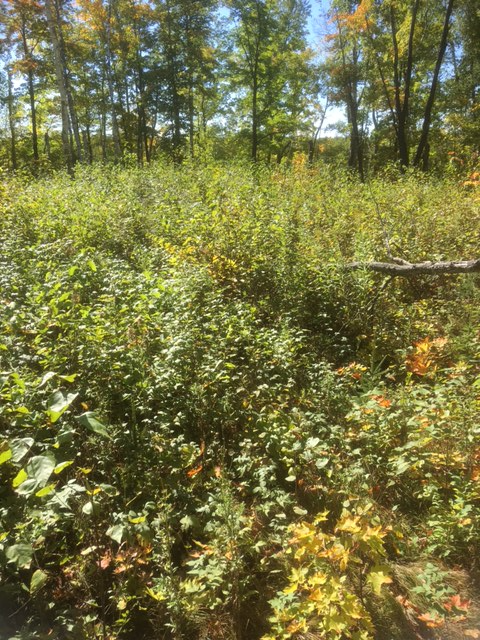
Figure 6: Regeneration post group selection harvest taken in 2017.
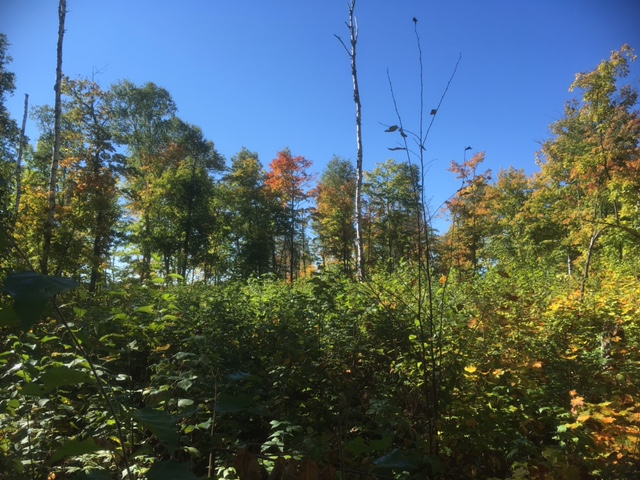
Figure 7: A 2017 photo showing post group selection harvest with mixed species regeneration.
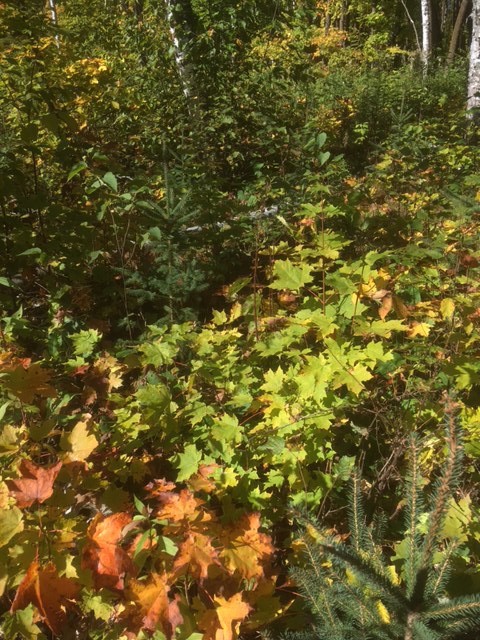
Figure 8: A 2017 photo showing post-harvest regeneration of red maple
As of the summer 2016 (2 years post-harvesting and planting), the objective of regenerating mid-tolerant species such as red oak, basswood, and paper birch (more intolerant) has been a success. In the half acre harvested areas there is regenerating paper birch (2,500/acre), red oak (500/acre), trembling aspen (200/acre), basswood (200/acre), sugar maple (50/acre), and the additionally planted white pine and spruce (~200/acre).
Plans for future treatments
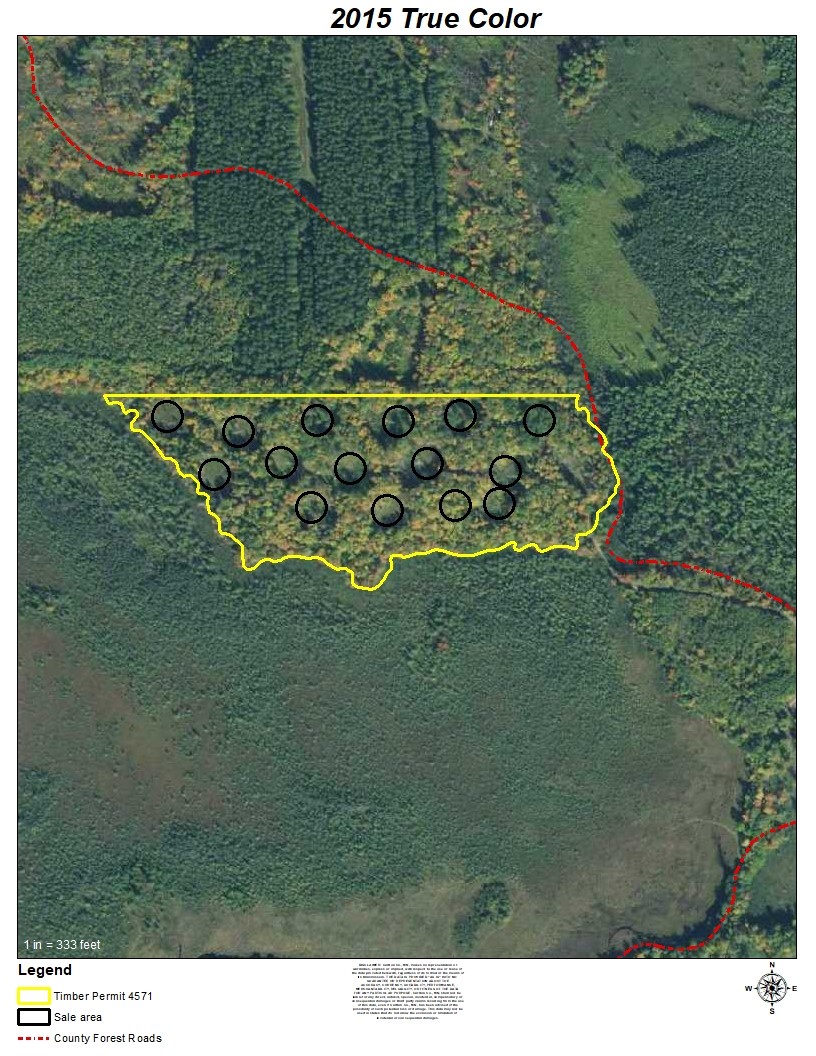
Figure 9: The 2015 Harvesting Plan for the Site.
Overall, the goal for the treatment area is to continue to perpetuate as much diversity as possible to provide options for future managers managing for timber resources, and maximum wildlife/ecological benefits.
There will be many options for future harvests and could include the German technique of Femelschlag (expanding the group selection gaps further), or conducting a selection thinning or shelterwood harvest in the areas of the stand that were not initially harvested to help produce shade and seed for future regeneration.
Costs and economic considerations
Appraisal of merchantable timber for the original group selection harvest:
224 cords of northern hardwoods at $10/cord: $2,240
11 cords of aspen at $20/cord: $220
Total: $2,460
Estimated cost of plantings was $1,500 including the time spent planting.
Other notes
Minnesota Counties rely on timber harvest revenues to populate budgets, meaning that it is important that Counties continuously setup harvests. While the Counties need to harvest their forests, most Counties have single or dual forest certification, meaning they are committed to improving their forest resources while also managing for the financial, social, and ecological aspects.
The sugar maple was down hugely from pre-treatment. This could be due to a number of reasons but we believe the main factors for causing this decline is the light dynamics (far more light penetration), skidding, competition, or the species has not had the time to re-establish itself.
At this time there is no concern regarding the regeneration of oak. Currently it is having no problem outcompeting the sugar maple.
Climate Adaptation Considerations
In the face of climate change, the forest manager believes that managing for as much diversity as possible will set up forests to have the best chance of adapting to future changing conditions.
Summary / lessons learned / additional thoughts
Overall, the treatment plan was great. It was well thought out and took into account not only the resource of timber that the forest provides, but also wildlife habitat and the health of the forest. The plan achieved the desired results and regeneration within the stand, and the status of the stand was monitored along the way. In the future, since management is focused on maintaining a variety of species in the stand, it would be helpful to make sure that the logger has enough space on the landing to sort the harvested timber by species type. Managing for diversity in the stand is consistent with managing the stand for resilience to future climate change. It might be worth considering if this stand would be a good candidate for transitional management with shifting climate, which could entail regenerating with species usually found farther south than the location of this stand.
